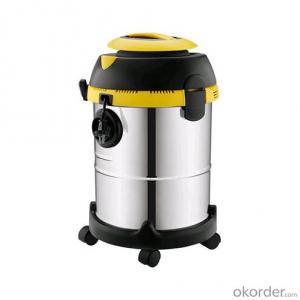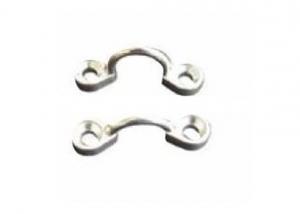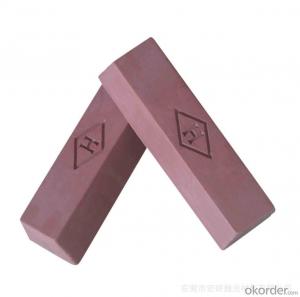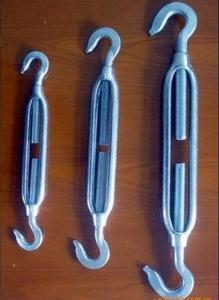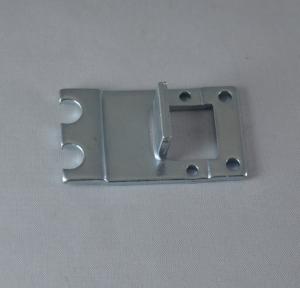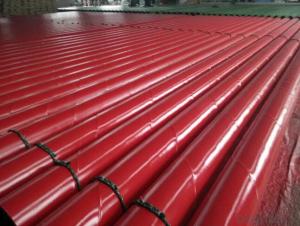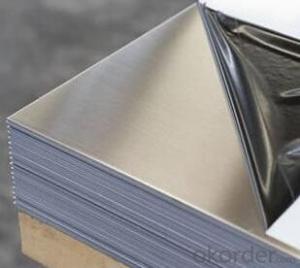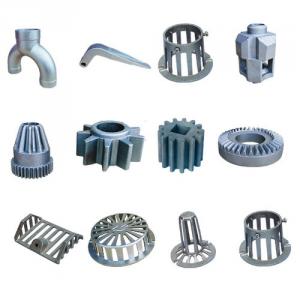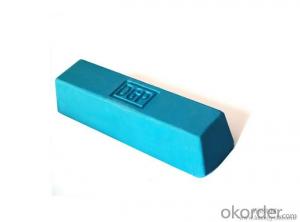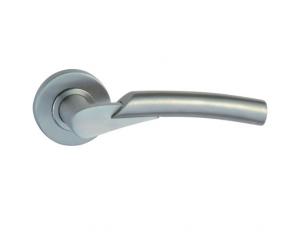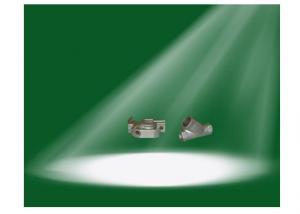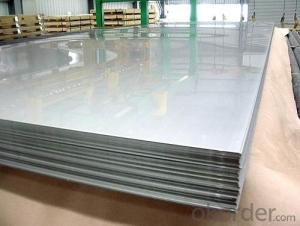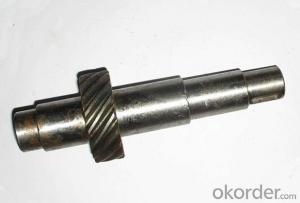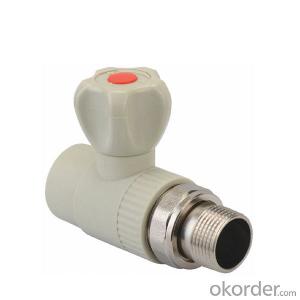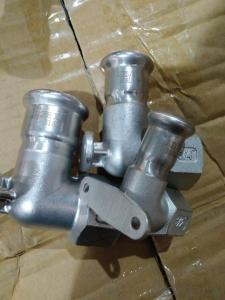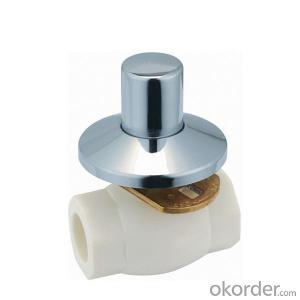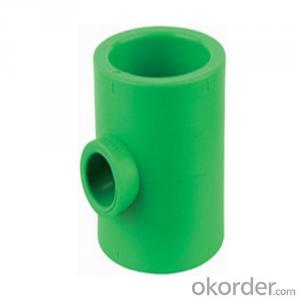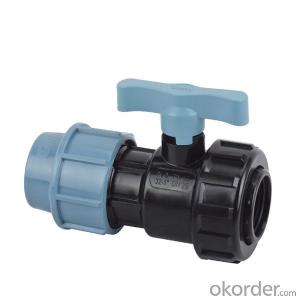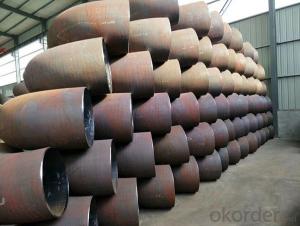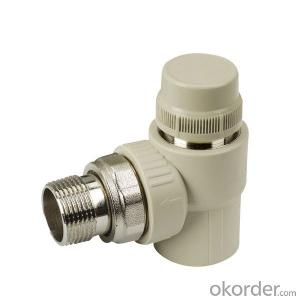Acid Stains On Stainless Steel
Acid Stains On Stainless Steel Related Searches
Scratches On Stainless Steel Rust On Stainless Steel Scratches In Stainless Steel Acid Etching Stainless Steel Rust From Stainless Steel Stainless Steel Rusts Acetone On Stainless Steel Get Rust Off Stainless Steel Stainless Steel Tarnishing Stainless Steel Oxidation Fix Stainless Steel Scratches Stainless Steel Corrosion Stainless Steel Scratches Stainless Steel Scratch Removal Vinegar On Stainless Steel Mold On Stainless Steel Coatings For Stainless Steel Stainless Steel Adhesive Stainless Steel Coating Tarnishing Stainless Steel Fix Scratched Stainless Steel Aluminum On Stainless Steel Stainless Steel Discoloration Painting On Stainless Steel Stainless Steel Restoration Bleach On Stainless Steel Stainless Steel Tarnish Paint For Stainless Steel Anodizing Stainless Steel Sublimation On Stainless SteelAcid Stains On Stainless Steel Supplier & Manufacturer from China
Acid Stains On Stainless Steel are a unique class of products designed to provide a distinctive, colorful finish to stainless steel surfaces. These stains utilize acid etching techniques to create a variety of patterns and colors, enhancing the aesthetic appeal of stainless steel in various applications.These acid stains are widely used in both commercial and residential settings, such as in architectural projects, kitchen countertops, backsplashes, and other decorative elements. They offer a cost-effective and visually appealing alternative to traditional stainless steel finishes, allowing for greater design flexibility and customization. The application process is relatively simple, requiring the use of a masking agent to protect areas that should not be stained, followed by the application of the acid stain itself. Once the desired color and pattern have been achieved, the surface is rinsed and sealed to protect the finish.
Okorder.com is a leading wholesale supplier of Acid Stains On Stainless Steel, boasting a vast inventory that caters to the needs of various industries and projects. With a commitment to quality and customer satisfaction, Okorder.com ensures that their products meet the highest standards, making them a reliable choice for those seeking to incorporate acid stains into their stainless steel projects.
Hot Products




